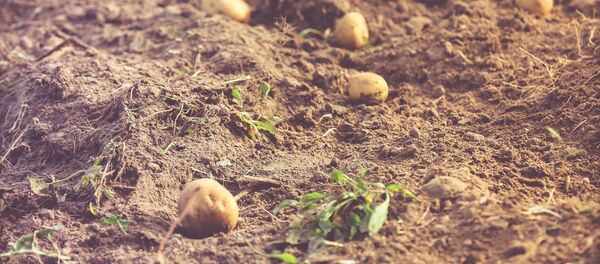The shortage was caused by an exceptionally bad potato crop in Hokkaido, the northernmost prefecture of Japan, which produced 80 percent of the Land of the Rising Sun's potatoes in 2015 according to the Global Agricultural Information Network (GAIN).
Typhoon damage to Hokkaido caused the destruction of 20 percent of the 2016 potato crop, and GAIN reports that shortages will continue until at least September 2017. Japanese law prohibits the import of fresh table potatoes to prevent the spread of pests like weevils and nematodes (several countries including Russia and Mexico have similar laws) meaning prices will remain high until the autumn 2017 crop comes in.
Japan also has laws limiting the amount of imported potatoes that can be used in domestic products. Rie Makuuchi, a Calbee spokeswoman, said Calbee will do its best to resume production without clashing with regulations. "We're doing everything we can to resume sales again," she told The Japan Times.
Calbee potato chip rival Koike-ya Inc. has also halted the production and sale of nine of their products. Unlike Calbee, Koike-ya exclusively uses Japanese potatoes in their products and will not change that policy, despite the crisis.
Calbee has a 73 percent market share in Japan's potato chip market and a market valuation of $4.67 billion. Their potato chips are an extremely popular snack in Japan – the most popular snack, according to a TV Asahi poll of 10,000 Japanese people.
The potato shortage is also expected to spill over to restaurants that use spuds extensively in their products, particularly fast food restaurants.
In 2015, a contraction of the dairy industry led to widespread butter shortages throughout Japan. Severe weather played a part then, too: an unseasonably hot summer in Hokkaido led to lower milk production, which contributed to the butter shortage.
Despite the wealth and modernity of Japanese society, they struggle with food security due the archipelago's high population and lack of arable farmland. Less than 40 percent of food eaten in Japan is produced domestically, and natural disasters such as the 2011 earthquake and tsunami can easily disturb their food balance.




